Cover Letter Guide A Stellar Introduction
Embarking on a job search can be daunting, but a well-crafted cover letter is your secret weapon. It’s your first impression, a chance to introduce yourself beyond the confines of your resume and to show the hiring manager why you’re the perfect fit for the role. A stellar cover letter is not just a formality; it’s a narrative that transforms your qualifications into a compelling story, capturing the attention of potential employers and setting the stage for an interview. This guide will provide you with the essential tools and insights to write a cover letter that not only meets but exceeds expectations, setting you apart from the competition and increasing your chances of landing your dream job. We will explore every facet of cover letter writing, from understanding its purpose to avoiding common pitfalls, ensuring your application shines.
Understanding the Purpose of a Cover Letter
The primary purpose of a cover letter is to introduce yourself to a potential employer and express your interest in a specific job. Unlike a resume, which is a factual summary of your skills and experience, a cover letter is a more personal document where you can articulate why you’re a great fit for the role and the company. It provides an opportunity to expand on your resume, highlighting your most relevant skills and experiences, and demonstrating your enthusiasm for the position. By crafting a cover letter that showcases your personality, passion, and understanding of the company’s needs, you can significantly increase your chances of securing an interview and ultimately, the job. A well-written cover letter can make a significant difference by differentiating you from other candidates and presenting a compelling case for why you deserve the opportunity.
Why is a Cover Letter Important?
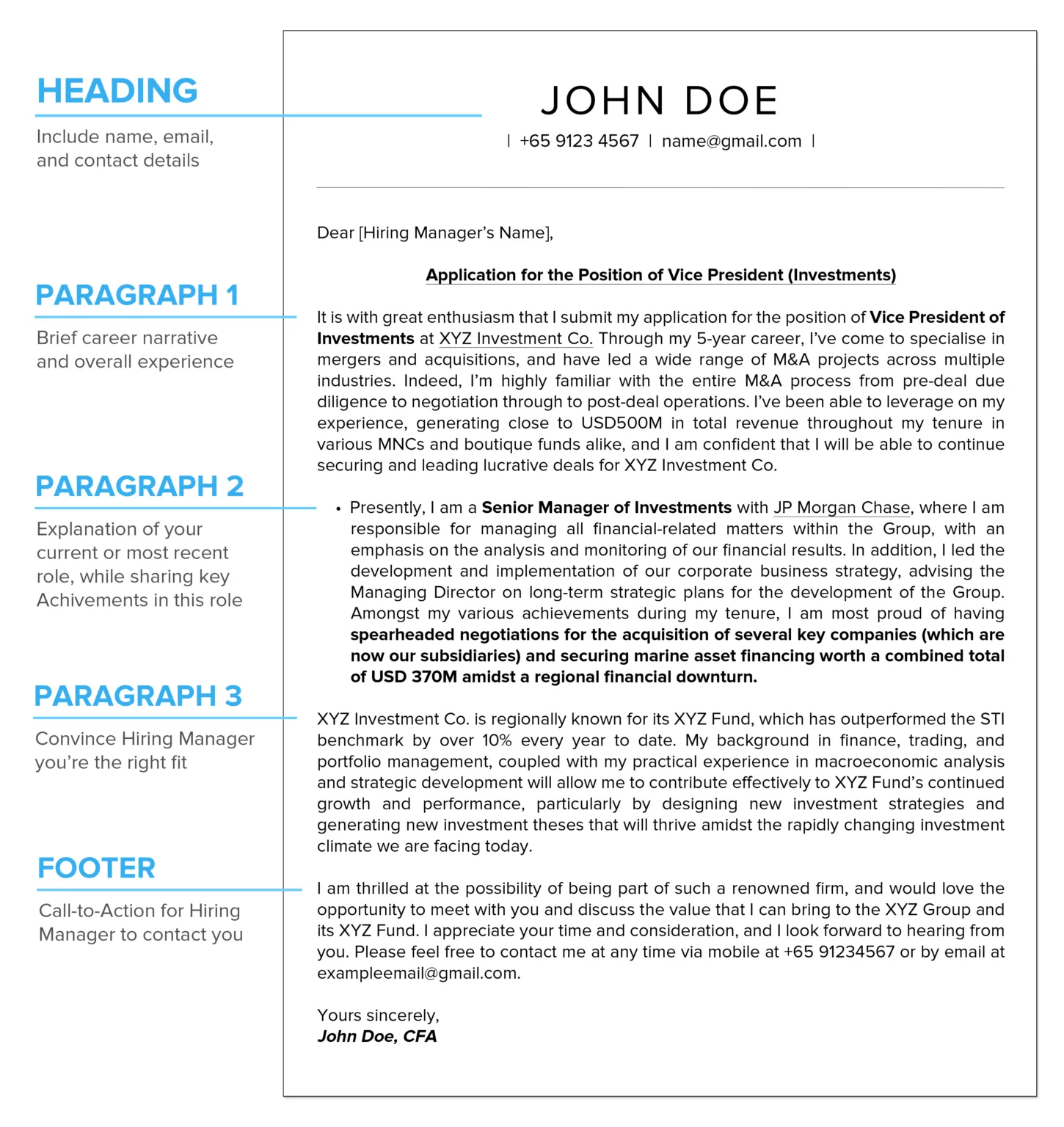
In today’s competitive job market, a cover letter is not optional; it is a necessity. It allows you to provide context to your resume, explaining how your skills and experience align with the specific requirements of the job. The cover letter also serves as a platform to express your genuine interest in the company and the position, showcasing your personality and communication skills. It’s an opportunity to address any gaps in your resume or career history and to highlight achievements that might not be immediately apparent from a quick review of your resume. Moreover, many employers use cover letters to gauge a candidate’s writing ability, attention to detail, and overall professionalism. A well-written cover letter demonstrates that you have taken the time to understand the role and the company, making you a more attractive candidate. Without a cover letter, you risk being perceived as less prepared or less enthusiastic about the opportunity.
Key Components of a Cover Letter
Contact Information and Date
Start your cover letter by including your contact information at the top, aligned to the left or right. This should include your full name, address, phone number, and email address. Directly below your contact information, include the date. Ensure the date is formatted consistently. This allows the hiring manager to easily identify your contact information. This ensures the hiring manager can easily contact you. Accuracy and professionalism in this initial section set the tone for the rest of your letter, conveying that you are organized and attentive to detail, both critical qualities in any role.
Greeting the Hiring Manager

Addressing the hiring manager by name is a crucial step in creating a personalized impression. Research the company and identify the hiring manager or the relevant contact person. Use formal greetings like ‘Dear Mr./Ms./Mx. [Last Name]’. If you are unable to find the hiring manager’s name, use a general greeting such as ‘Dear Hiring Manager’. Avoid generic greetings such as ‘To Whom It May Concern’, as it shows a lack of effort and personalization. Addressing the hiring manager directly demonstrates initiative and respect, setting a positive tone for your cover letter and showing that you’ve taken the time to personalize your application.
Opening Paragraph Grab Attention
The opening paragraph is your first and often only chance to make a strong impression. Start with a compelling hook that grabs the reader’s attention and encourages them to continue reading. Clearly state the position you’re applying for and where you found the job posting. Briefly mention something that sparked your interest in the role or the company. Consider starting with a brief anecdote, a statement about your passion for the industry, or a compelling achievement that directly relates to the job requirements. The goal is to immediately capture the hiring manager’s interest and set the tone for the rest of your cover letter, making them eager to learn more about you. This opening paragraph sets the stage for the rest of the letter.
Highlighting Relevant Skills and Experience
The body of your cover letter is where you showcase your skills and experience in relation to the job requirements. Review the job description carefully and identify the key skills and qualifications the employer is seeking. Provide specific examples from your previous experiences where you’ve demonstrated these skills. Use action verbs to describe your accomplishments and quantify your achievements whenever possible. Explain how your skills align with the job responsibilities and how you can contribute to the company’s goals. Tailor each cover letter to the specific job and company, highlighting only the most relevant information. This demonstrates your understanding of the role and your ability to perform it successfully.
Quantifying Achievements
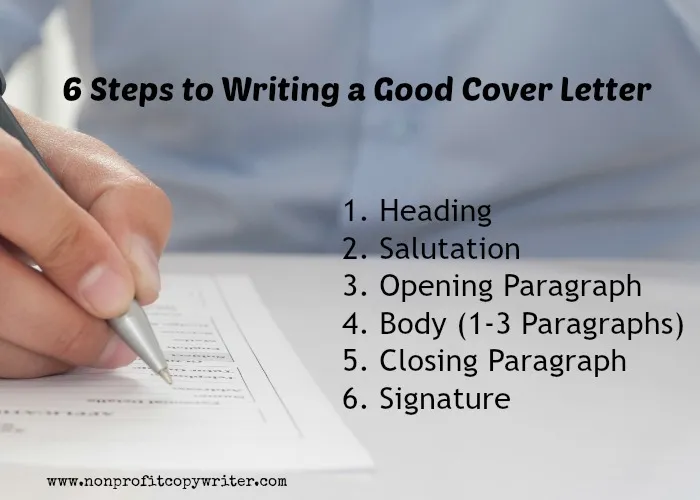
Quantifying your achievements makes your cover letter more impactful and demonstrates the tangible results you have achieved in previous roles. Use numbers and data to showcase the impact of your work. For example, instead of saying ‘Improved sales’, say ‘Increased sales by 20% within one quarter’. When describing your accomplishments, provide specific examples of your accomplishments and use numbers to provide evidence of your skills. Quantifiable achievements not only make your accomplishments more credible but also make them more memorable to the hiring manager. By demonstrating the tangible results of your work, you show how you can contribute to the company’s success, making a compelling case for your suitability for the role.
Tailoring Your Cover Letter to the Job
Customizing your cover letter for each job application is essential. Never send a generic cover letter. Review the job description carefully and highlight the specific skills and experiences that match the requirements. Show your understanding of the company’s mission, values, and culture. Research the company and mention specific aspects of their work that resonate with you. Tailoring your cover letter demonstrates your genuine interest in the company and the position, increasing your chances of standing out from other candidates. This also allows you to address the specific needs of the employer. Demonstrate that you have taken the time to understand the role and the organization.
Closing the Cover Letter
Your closing paragraph should reiterate your interest in the position and summarize your key qualifications. Restate your enthusiasm for the opportunity and your belief that you are a strong fit for the role. Thank the hiring manager for their time and consideration. Express your willingness to discuss your qualifications further in an interview. Keep the closing concise and professional, leaving the reader with a positive impression of your candidacy. By ending your cover letter with a strong conclusion, you reinforce your interest and make it easier for the hiring manager to remember you.
Expressing Enthusiasm and Call to Action
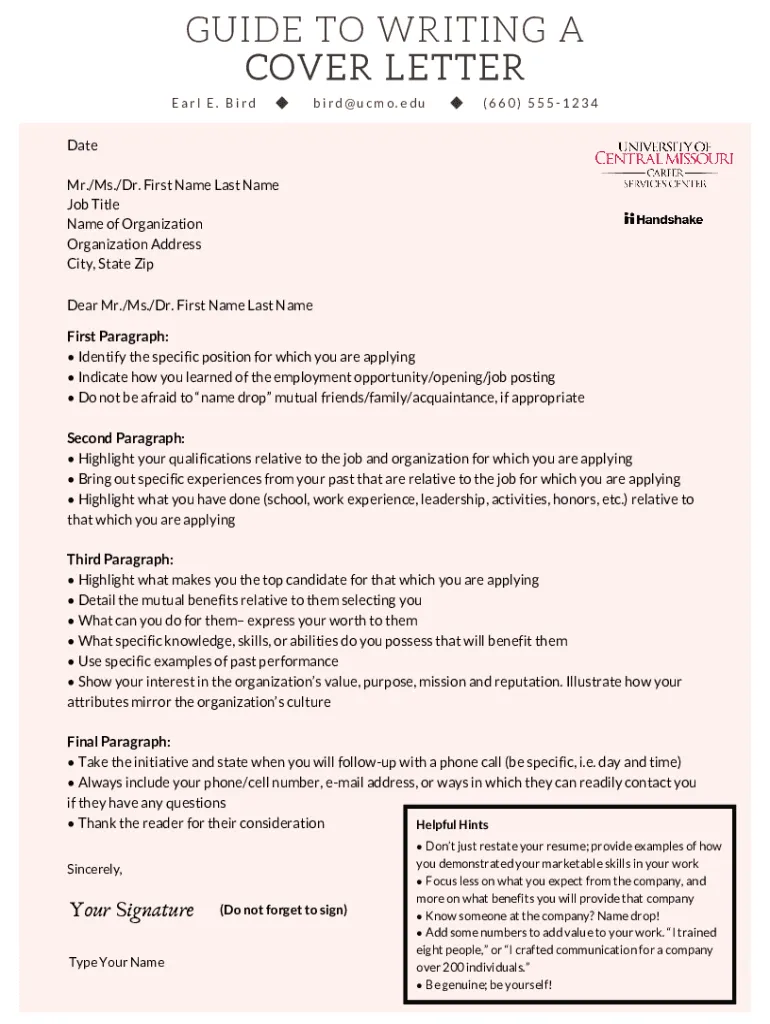
In your closing paragraph, express your enthusiasm for the opportunity and reiterate your interest in the position. Clearly state your intention to follow up, such as by saying ‘I look forward to hearing from you and discussing my qualifications further.’ or ‘I am eager to learn more about this exciting opportunity’. A call to action prompts the hiring manager to take the next step, showing your proactive approach. Make sure that the closing statement includes the way you can be reached, and also a thank you for their time and consideration. By expressing your enthusiasm and including a call to action, you leave a lasting positive impression.
Formatting and Design for Readability
Choosing the Right Font and Size
The format and design of your cover letter contribute significantly to its readability. Choose a professional font such as Times New Roman, Arial, or Calibri, and use a font size between 10 and 12 points. Ensure the font is easy to read and visually appealing. Maintain consistent formatting throughout the document. The right font choice helps make your cover letter look polished. Choose a font size that is readable without being too large or too small. Ensure your cover letter is visually accessible. These choices demonstrate professionalism.
Structuring Paragraphs for Clarity
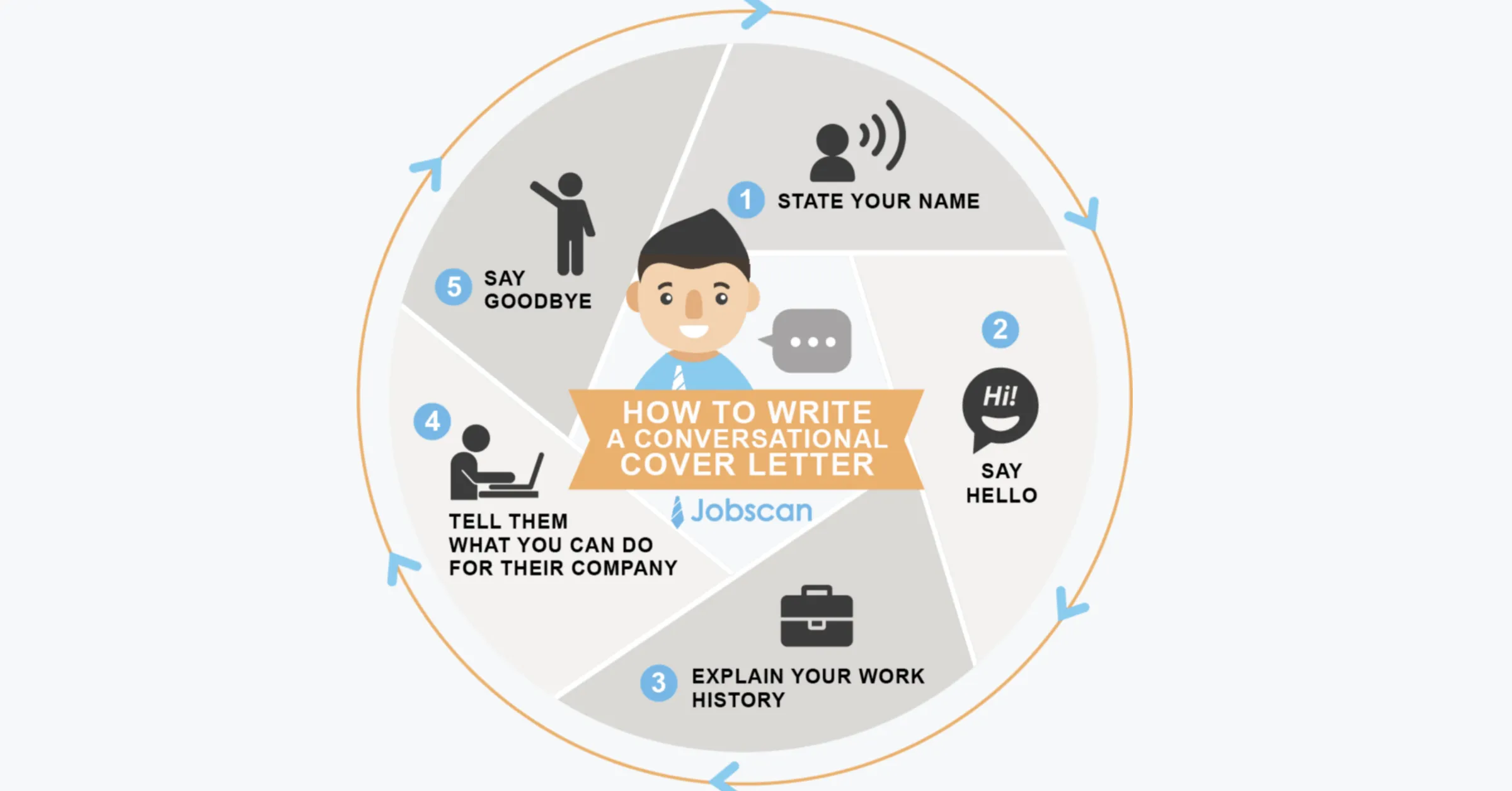
Structure your paragraphs logically to enhance readability. Use clear, concise language and break up large blocks of text into smaller paragraphs. Use bullet points or numbered lists to highlight specific skills or achievements. Use consistent spacing and alignment throughout the document. This ensures the hiring manager can quickly scan and understand the key information. Proper structuring makes your cover letter easy to read and digest, allowing the hiring manager to focus on your qualifications. Maintaining structure makes sure the document looks professional and shows attention to detail.
Proofreading and Editing for Errors
Before submitting your cover letter, carefully proofread it for any grammatical errors, typos, or inconsistencies. Errors can create a negative impression and undermine your credibility. Read the letter aloud to catch any awkward phrasing or sentences. Use spell check and grammar check tools, but do not rely on them entirely. Have a friend, family member, or career advisor review your cover letter for feedback. A polished cover letter demonstrates your attention to detail and professionalism, increasing your chances of making a positive impression. Take the time to ensure your cover letter is error-free.
Common Mistakes to Avoid
Avoid common mistakes that can damage your cover letter and your application. Ensure your cover letter stands out by avoiding these pitfalls. A poorly written cover letter can immediately disqualify a candidate, so it is very important to pay attention to detail and ensure you do not make the following mistakes.
Overused Phrases and Clichés
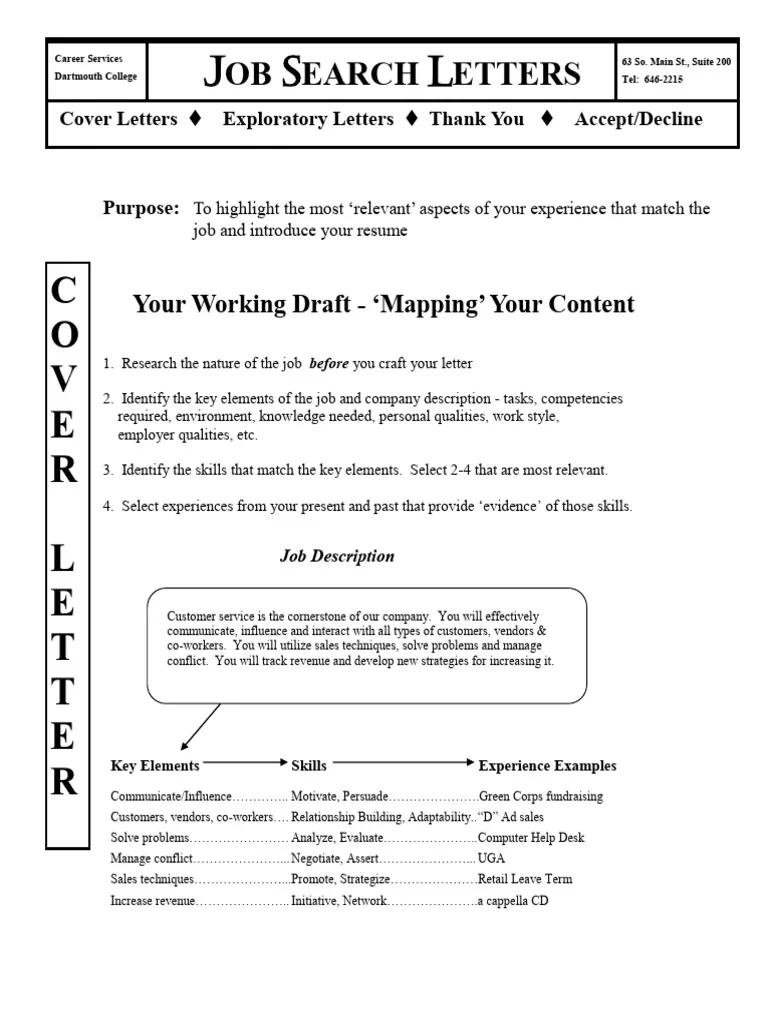
Steer clear of overused phrases and clichés, such as ‘I am writing to express my interest’ or ‘I am a team player.’ These phrases are generic and do not add value to your cover letter. Instead, use fresh language and specific examples to showcase your unique qualifications and skills. Use active, dynamic language that clearly and concisely demonstrates your skills and value to the company. By avoiding cliches, you show that you have given thought to your application and made it unique to yourself.
Submitting Your Cover Letter
When submitting your cover letter, follow the instructions provided in the job posting carefully. If the instructions specify a particular format or method of submission, adhere to them precisely. Ensure your cover letter is saved in the correct file format (usually PDF) and that the file name is professional. Double-check that you are sending your cover letter to the correct email address or uploading it to the appropriate platform. Submitting your cover letter correctly shows attention to detail and adherence to instructions, both of which are highly valued by employers.
In conclusion, a well-written cover letter is a critical component of a successful job application. It’s your chance to make a strong first impression, highlight your qualifications, and demonstrate your enthusiasm for the role and the company. By following the guidelines in this guide, you can craft a compelling cover letter that captivates the hiring manager, secures an interview, and ultimately, leads you to your dream job. Remember to tailor your cover letter to each job, showcase your unique skills and experiences, and always proofread for errors. With a well-crafted cover letter, you’re not just applying for a job; you’re telling a story of your potential and demonstrating why you’re the perfect candidate. Good luck!
